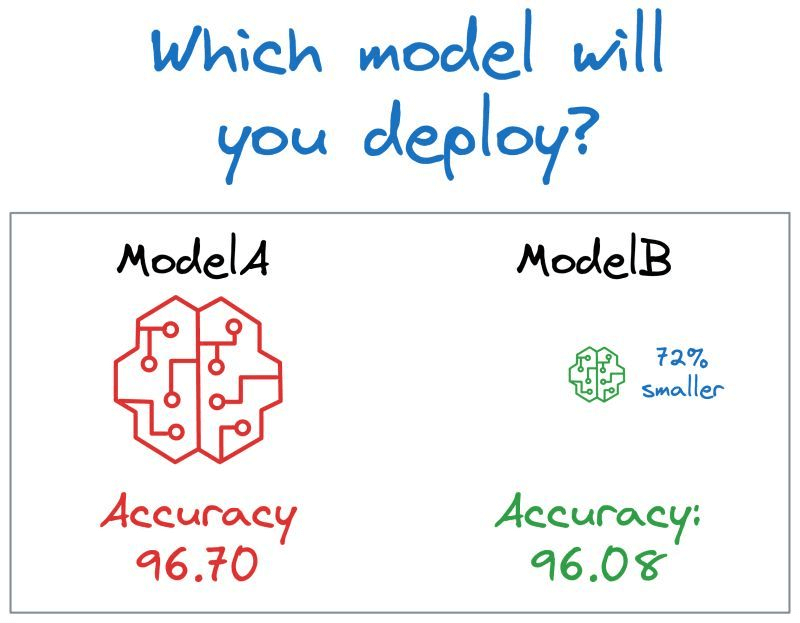Model Development and Optimization for Production (With Implementation)
...covered from a system design perspective.
Part 9 of the MLOps and LLMOps crash course is now available, which builds on the modeling phase we discussed in Part 8, while also covering fine-tuning and compression (with implementation).
Read here: MLOps and LLMOps crash course Part 9 →
When developing ML models for production systems, the goal is not just to maximize accuracy on a leaderboard or validation set; it's to build models that perform well and run efficiently under real-world constraints.
Efficient model development means designing and training models with an eye on these operational concerns from the start.
We'll cover:
Model development fundamentals
Phases or model development and deployment
Debugging model training
Optimization: Hyperparameter tuning
Just like all our past series on MCP, RAG, and AI Agents, this series is both foundational and implementation-heavy, walking you through everything that a real-world ML system entails:
Part 3 covered reproducibility and versioning for ML systems →
Part 4 also covered reproducibility and versioning for ML systems →
Part 7 covered Spark, and orchestration + workflow management →
Part 8 covered the modeling phase of the MLOps lifecycle from a system perspective →
This MLOps and LLMOps crash course provides a thorough explanation and systems-level thinking to build AI models for production settings.
Just like the MCP crash course, each chapter will clearly explain necessary concepts, provide examples, diagrams, and implementations.
Thanks for reading!



